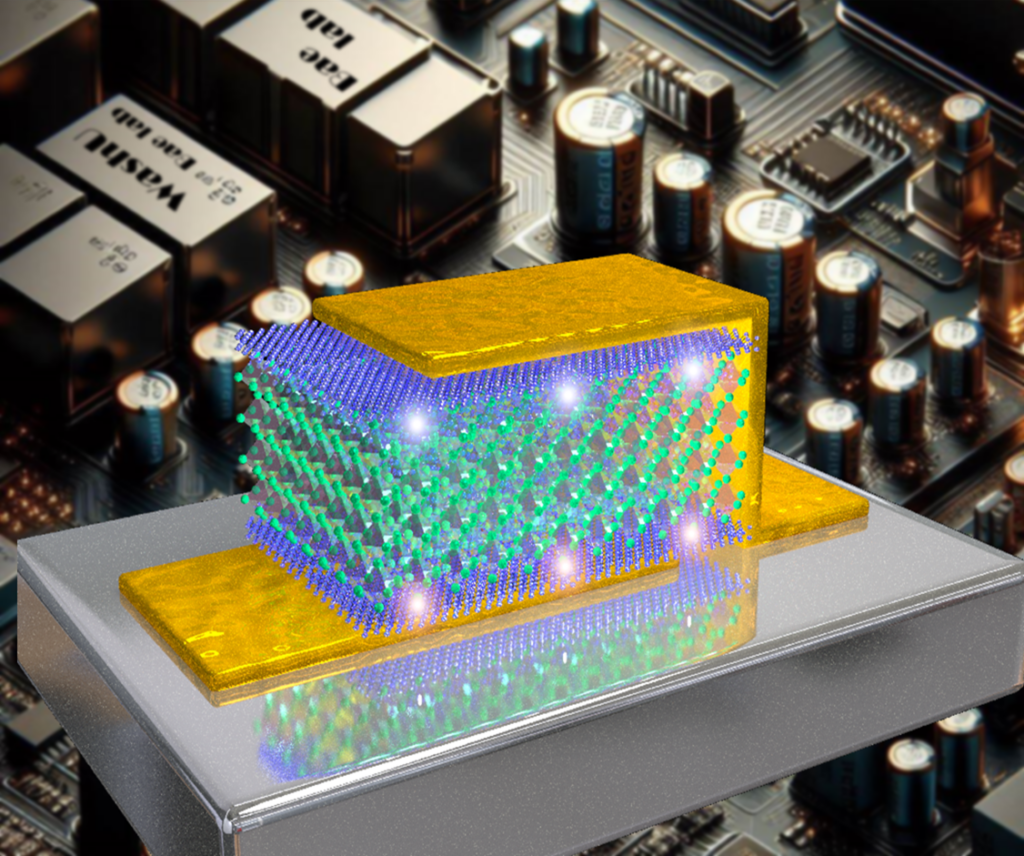2024-04-25 ミネソタ大学

Astronomers and astrophysicists could use these alerts and information to understand how neutron stars behave and study nuclear interactions between neutron stars and black holes colliding.
<関連情報>
- https://cse.umn.edu/college/news/researchers-advance-detection-gravitational-waves-study-collisions-neutron-stars-and
- https://www.pnas.org/doi/10.1073/pnas.2316474121
第4回LIGO-Virgo-KAGRA観測時の低遅延重力波アラート製品とその性能 Low-latency gravitational wave alert products and their performance at the time of the fourth LIGO-Virgo-KAGRA observing run
Sushant Sharma Chaudhary, Andrew Toivonen , Gaurav Waratkar , +49, and Daniel Wysock
Proceedings of the National Academy of Sciences Published:April 23, 2024
DOI:https://doi.org/10.1073/pnas.2316474121
Significance
We present the low-latency alert infrastructure performance and data products based on an end-to-end MDC designed to prepare for O4. We aim to provide a useful reference for the broader astronomy community following up on GW alerts, and aid in interpreting the data products made public by the LVK. The MDC covers a dense sample of compact binary coalescence (CBC) events similar to those we hope to observe during O4, demonstrating up-to-date results for the public data products. We strive to maximize the efficacy of multimessenger follow-up searches by helping astronomers utilize our data products to their full advantage. The description of the alert infrastructure may be used as a reference for astronomical experiments targeting similar timescales.
Abstract
Multimessenger searches for binary neutron star (BNS) and neutron star-black hole (NSBH) mergers are currently one of the most exciting areas of astronomy. The search for joint electromagnetic and neutrino counterparts to gravitational wave (GW)s has resumed with ALIGO’s, AdVirgo’s and KAGRA’s fourth observing run (O4). To support this effort, public semiautomated data products are sent in near real-time and include localization and source properties to guide complementary observations. In preparation for O4, we have conducted a study using a simulated population of compact binaries and a mock data challenge (MDC) in the form of a real-time replay to optimize and profile the software infrastructure and scientific deliverables. End-toend performance was tested, including data ingestion, running online search pipelines, performing annotations, and issuing alerts to the astrophysics community. We present an overview of the low-latency infrastructure and the performance of the data products that are now being released during O4 based on the MDC. We report the expected median latency for the preliminary alert of full bandwidth searches (29.5 s) and show consistency and accuracy of released data products using the MDC. We report the expected median latency for triggers from early warning searches (−3.1 s), which are new in O4 and target neutron star mergers during inspiral phase. This paper provides a performance overview for LIGO-Virgo-KAGRA (LVK) low-latency alert infrastructure and data products using theMDCand serves as a useful reference for the interpretation of O4 detections.



